
And here's why

The Designer Frame Trap
Let me be clear: I’m not here to bash designer eyewear. I’ve been in this industry since 1973. I’ve seen the rise of designer brands firsthand, how they revitalized frame sales when contact lenses threatened to wipe them out, and how they brought fashion, excitement, and higher price points into our dispensaries.
Designer brands serve a purpose. They meet a segment of consumer demand, and some patients will always love them, whether it’s in shoes, purses, or eyeglasses.
But I think it’s time we pause and ask: At what cost? Yes, designer branding brought growth, but where did that growth go? To whom? Was it growth for independent practices… or for the large retailers who priced them better, promoted private-label alternatives, and chipped away at your capture rates.
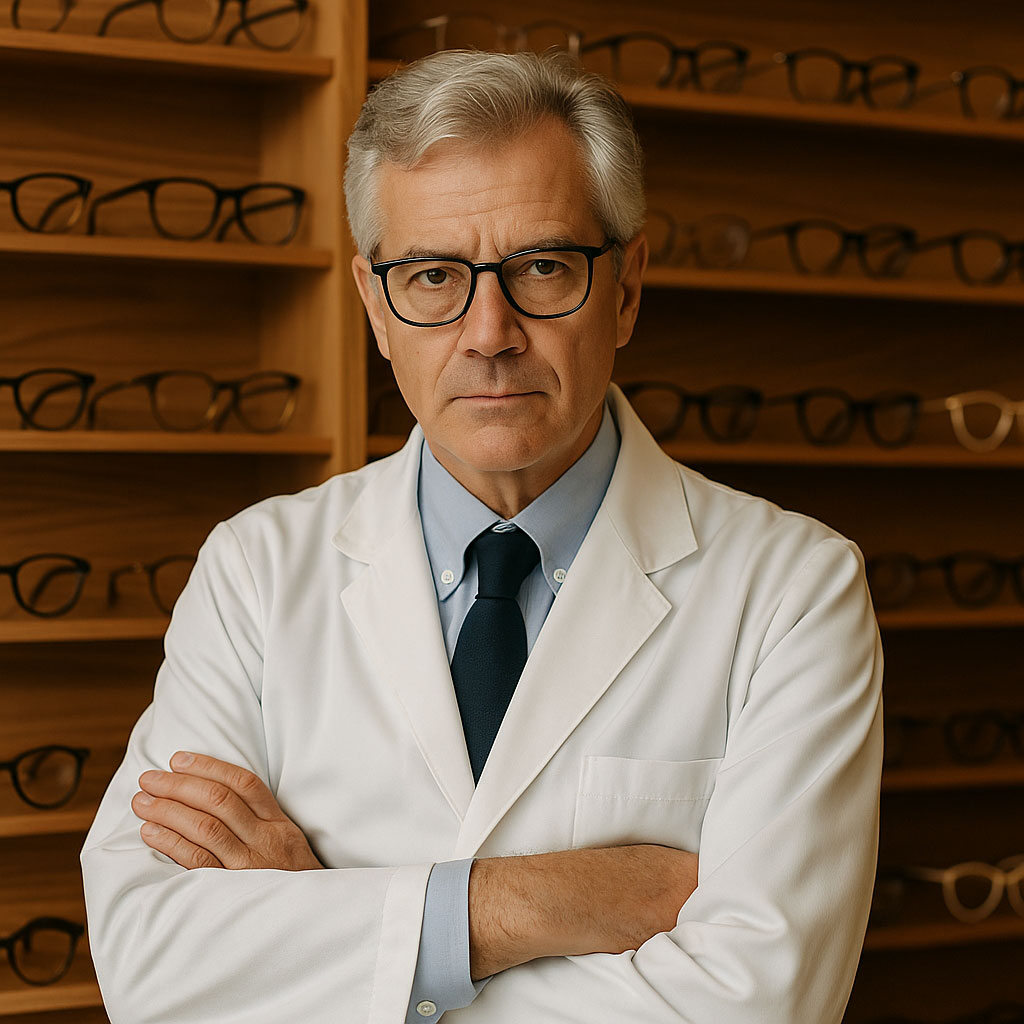
"Eyeglasses didn’t change. We changed how people saw them."
Back in the early 1970s, most eyeglass frames were made right here in America. They carried names like Martin Copeland, Liberty, Victory, Universal, Fairfield, Shuron, Art Craft, Bausch & Lomb, and American Optical, factory names, not fashion labels.
The frames weren’t flashy, but they were built to last. And the hinges . . . they were riveted just like today’s luxury brands. Yes, the factory-brands from the 70’s were better quality than the many “designer” frames are today.
Durability, reliability, and practicality defined the optical market. But when contact lenses exploded in popularity, the industry panicked. Eyeglasses were suddenly seen as old-fashioned, even obsolete.
The solution?
Turn frames into fashion statements. Enter the rise of the designer brand. And from that time forward, the industry hasn’t been the same.
"While we sold designer dreams, our competitors sold private-label realities."
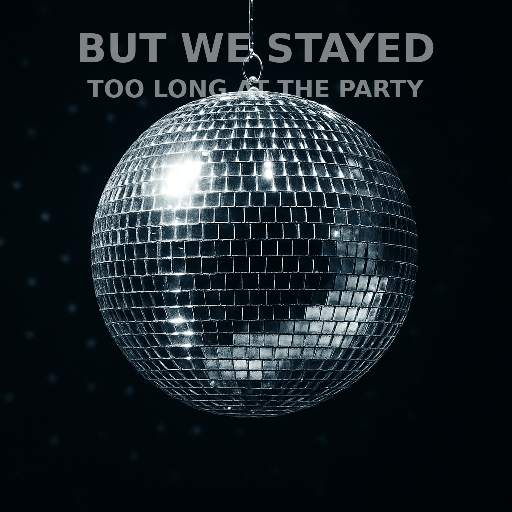
The competition evolved.
Chains and online retailers didn’t just sell the same designer frames, they built their own private-label brands behind the scenes.
✔ They priced designer brands better.
✔ They created exclusivity with their own inventory.
✔ And they turned eyewear into a fully verticalized business model.
Meanwhile, many independents kept pushing the same designer labels, brands that patients now find everywhere:
✔ On Amazon
✔ At LensCrafters
✔ On TikTok and Online
✔ In warehouse clubs
The result?
Capture rates have dropped. Margins have eroded. Loyalty has shifted.
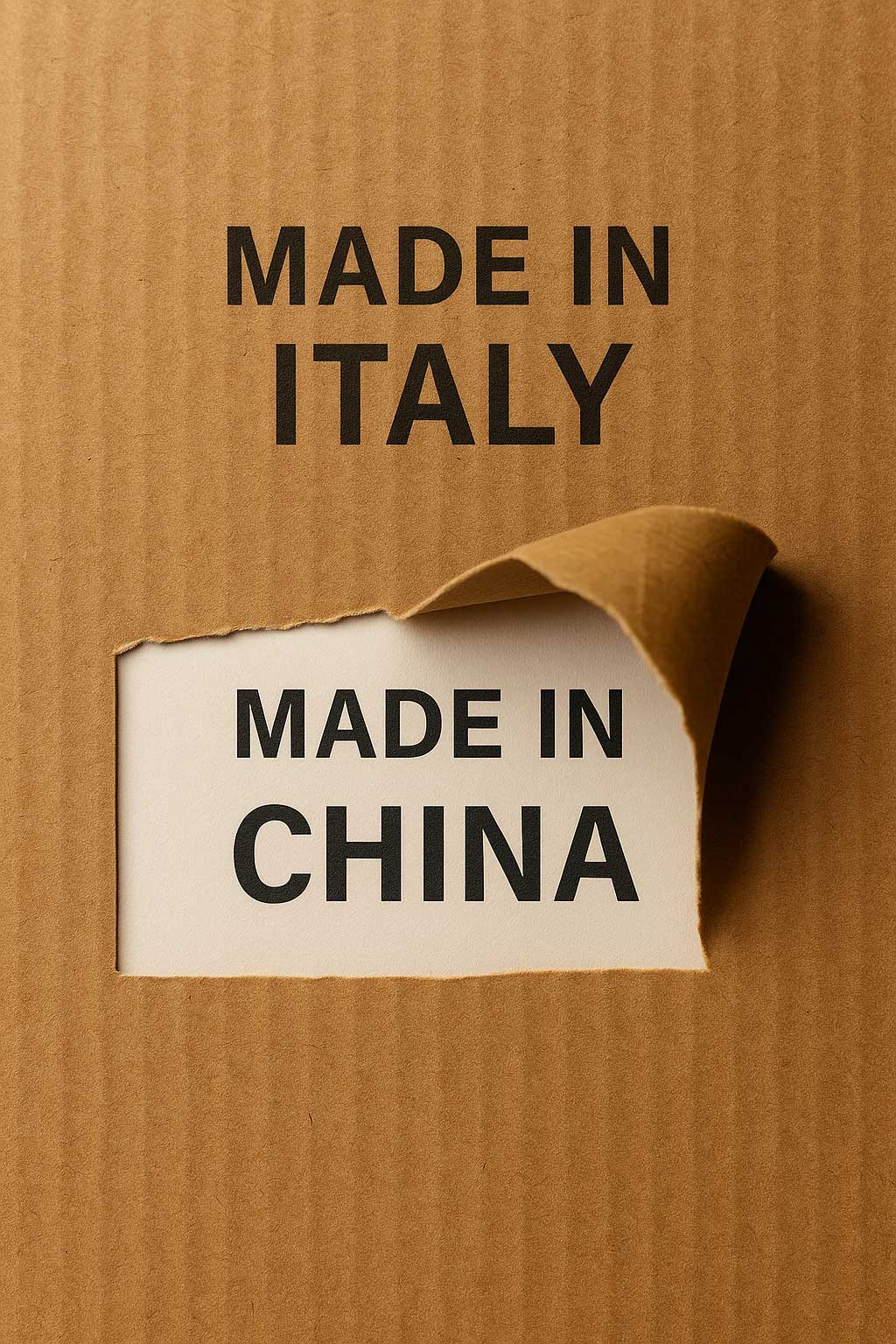
"What exactly are patients paying for? The frame, the name, or the country of origin?"
Here’s the Bigger Truth
Most of those designer frames are made in China, even the ones with Italian names and European mystique. Patients may not understand the full global supply chain. But they’re smart enough to wonder what they’re really getting.
"It’s not about rejecting designer brands. It’s about rejecting dependency."
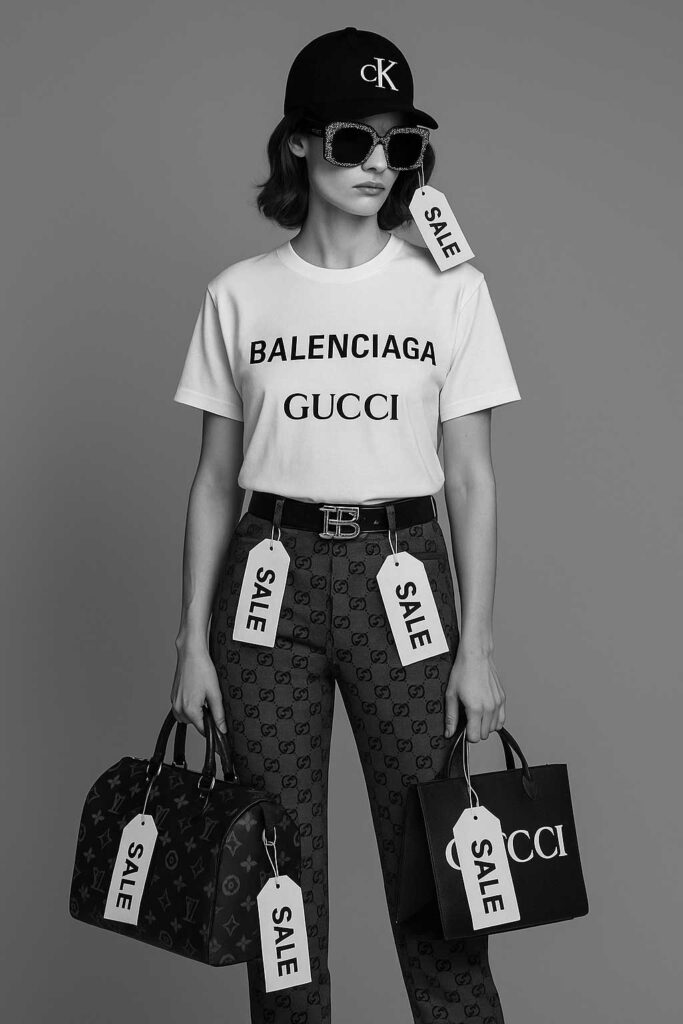
Designer Brands Aren’t the Problem. Dependency Is.
I’ll repeat, I’m not here to bash designer frames. They helped save this industry once, and they still serve a purpose today.
But over-relying on them? That’s doing the opposite.
You don’t own the label.
You don’t control the pricing.
You don’t control the distribution.
And when your dispensary looks just like your competitors’, your patients have no reason to stay loyal. They can buy the same frames, often for less, down the street, online, or at a big-box retailer.
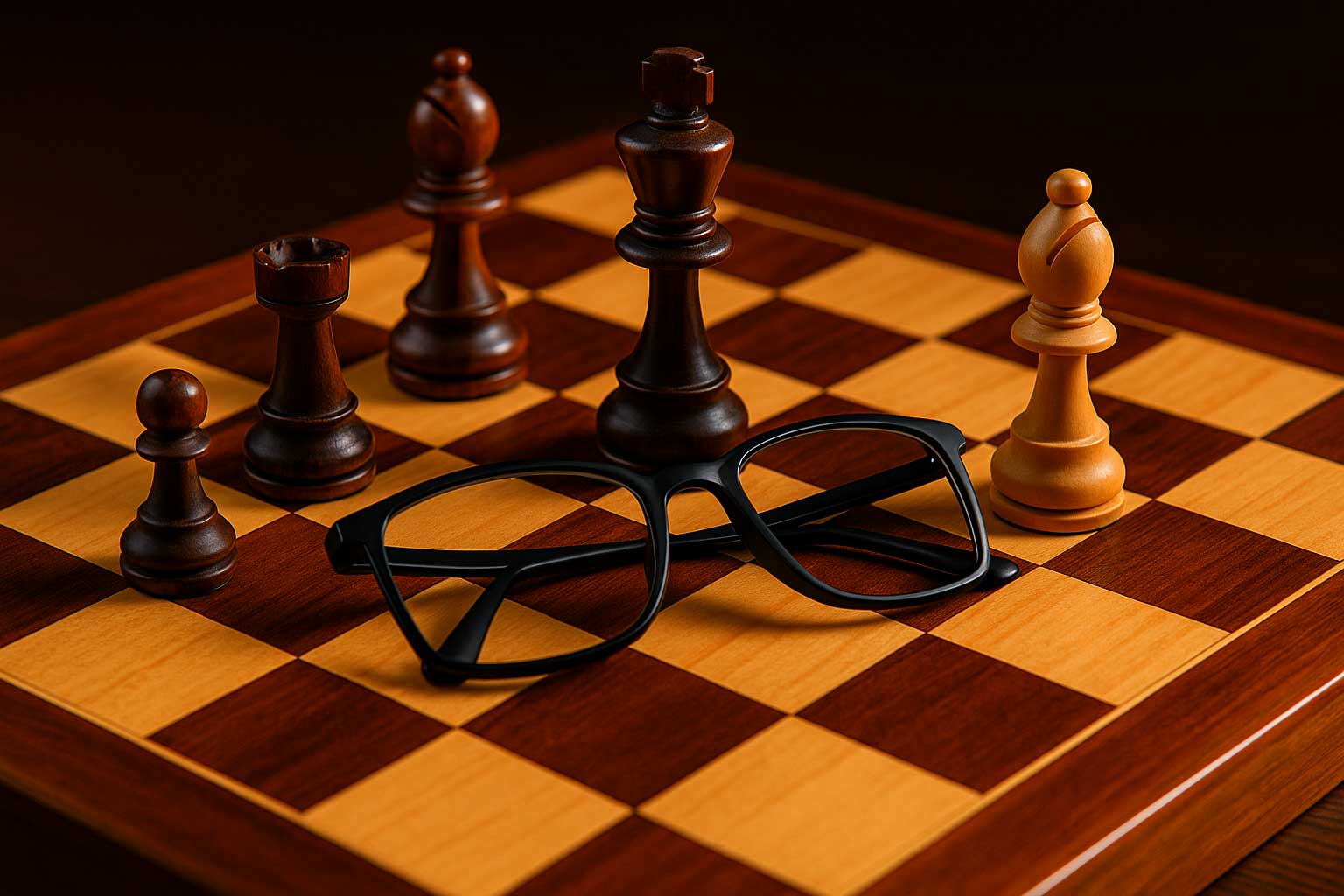
"The best-kept secret in optical isn’t a brand. It’s a strategy."
Private Label Isn’t a Trend. It’s Your Best Strategy.
Designer brands will always have a place, but they should no longer define your optical. Your practice should. Your story should. Your brand should.
Private-label frames:
• Aren’t price-compared online
• Can’t be bought down the street
• Offer higher margins, higher capture, and more loyalty when presented the right way
"What worked for us in the 80s won’t work for you now."

The rules have changed. Build your own story.
Use designer brands to complement, not define, your offering. And protect your margins with inventory that belongs to you, not a licensing deal.
Final Thought:
I’ve been in this industry for over 50 years. I’ve seen the shifts. I’ve lived through the cycles.
And I’ve watched too many good ECPs lose control of their frame boards — and their patients — by relying too heavily on someone else’s name.
So before you keep restocking the same brands that your patients can find anywhere else.
Ask yourself: Whose business are you really building?